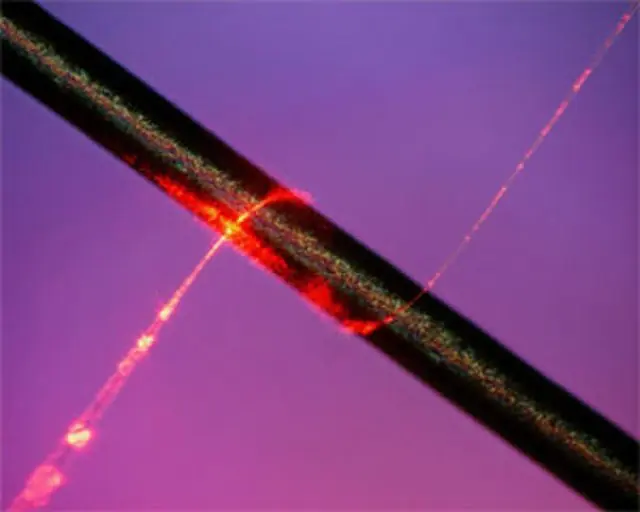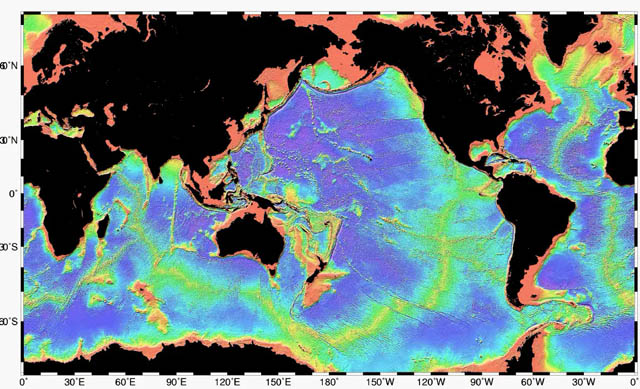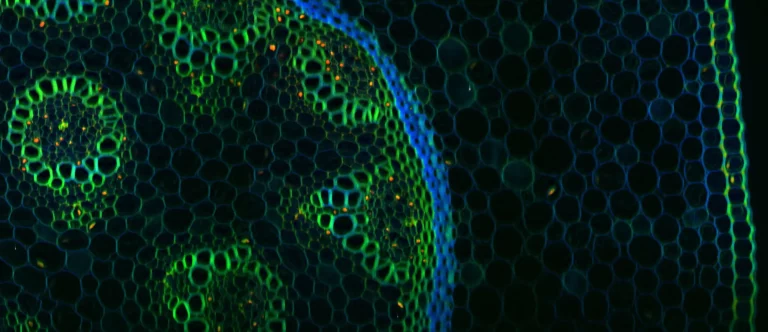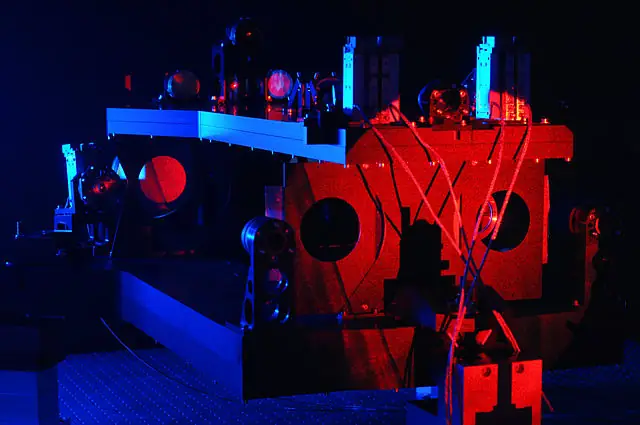Fiber Laser Types and Applications
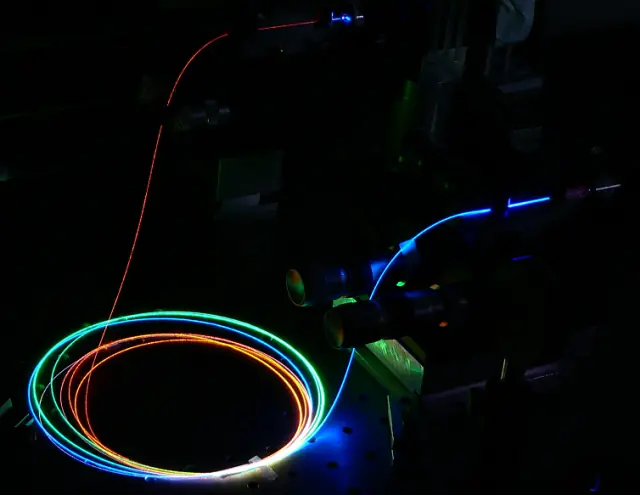
Fiber lasers have increasingly become a vital part of modern technology, with applications spanning across various industries. In this article, we will delve into the world of fiber laser technology, exploring the different types and their applications. This article’s goal is to provide you with a comprehensive understanding of fiber lasers and how they are transforming the world.
An In-Depth Look at Fiber Laser Types
Fiber lasers come in various forms, each designed for specific purposes and applications. In this section, we will explore some of the most common types of fiber lasers in greater detail, discussing their unique features and advantages.
- Continuous Wave (CW) Fiber Lasers: Continuous Wave fiber lasers emit a continuous beam of light, providing stable output power. This type of laser is characterized by its excellent beam quality, high efficiency, and superior reliability. CW fiber lasers are widely employed in materials processing, such as welding, cutting, and drilling, where they offer faster processing speeds and higher precision compared to traditional laser sources.
- Pulsed Fiber Lasers: Pulsed fiber lasers generate short pulses of light with high peak power, making them well-suited for applications requiring precision and control. These lasers often utilize Q-switching or gain-switching techniques to create the pulsed output. Pulsed fiber lasers find extensive use in micromachining, marking, and cleaning applications, where their high peak power and precise control enable the efficient processing of materials with minimal damage.
- Ultrafast Fiber Lasers: Ultrafast fiber lasers, which include femtosecond and picosecond lasers, produce incredibly short pulses of light, typically in the range of femtoseconds (10^-15 seconds) to picoseconds (10^-12 seconds). These lasers are characterized by their high peak power, broad spectral bandwidth, and low average power. Ultrafast fiber lasers are employed in applications where ultra-high precision and minimal thermal effects are crucial, such as nonlinear optics, spectroscopy, biomedical imaging, and ultrafast materials processing.
- Mode-Locked Fiber Lasers: Mode-locked fiber lasers are a subset of ultrafast fiber lasers that use mode-locking techniques to generate a train of ultra-short pulses. These lasers offer excellent stability, low noise, and precise pulse control. Mode-locked fiber lasers have found applications in fields such as frequency metrology, optical communications, and optical sampling.
- Single-Frequency Fiber Lasers: Single-frequency fiber lasers, also known as narrow-linewidth fiber lasers, emit light at a single, extremely narrow frequency. These lasers are characterized by their high spectral purity, low noise, and long coherence length. Single-frequency fiber lasers are used in applications where high spectral resolution or precise frequency control is required, including interferometry, spectroscopy, and remote sensing.
By understanding the unique features and advantages of each type of fiber laser, researchers and engineers can select the most suitable laser source for their specific applications. This versatility is one of the main reasons behind the widespread adoption and continued growth of fiber laser technology.
Diverse Applications of Fiber Lasers
Fiber lasers have an expansive range of applications across various industries, thanks to their unique properties, such as high power, compact size, and excellent beam quality. In this section, we will explore some of the most prominent applications in greater detail.
Materials Processing With Fiber Lasers:
Fiber lasers have become an indispensable tool in materials processing due to their precision and efficiency. Some of the most common uses include:

- Cutting: Fiber lasers can cut through various materials, including metals, plastics, and ceramics, with remarkable speed and accuracy. The high-quality beam ensures minimal heat-affected zones and reduced material waste.
- Welding: Fiber lasers are commonly used in welding applications, particularly in the automotive, aerospace, and electronics industries. Their high power and precise control allow for strong, consistent welds without damaging surrounding materials.
- Drilling: The precision and power of fiber lasers enable them to create small holes in various materials with minimal heat distortion. This capability is particularly valuable in industries such as aerospace and electronics, where high-quality drilling is essential.
- Engraving: Fiber lasers are widely used for engraving and marking applications, producing sharp, high-contrast images on a variety of surfaces, including metals, plastics, and ceramics.
Fiber Lasers in Telecommunications:
Fiber lasers, specifically erbium-doped fiber amplifiers (EDFAs), have revolutionized the telecommunications industry by enabling efficient and high-capacity communication networks. Some notable applications include:
- Long-Haul Optical Signal Transmission: EDFAs are used to amplify optical signals over long distances, reducing the need for repeaters and significantly increasing the capacity of communication networks.
- Dense Wavelength Division Multiplexing (DWDM): Fiber lasers play a crucial role in DWDM systems, which allow multiple optical channels to be transmitted simultaneously over a single fiber. This technology dramatically increases the capacity of optical networks.
- Fiber-to-the-Home (FTTH): Fiber lasers are used in the deployment of high-speed fiber-optic internet connections, enabling ultra-fast broadband services directly to homes and businesses.
- Li-Fi Technology: Li-Fi, or Light Fidelity, is an emerging wireless communication technology that uses light to transmit data. Fiber lasers can be used as a light source for Li-Fi systems, offering potential advantages in terms of speed, security, and energy efficiency.
Medical Applications of Fiber Lasers:
The medical field has greatly benefited from the use of fiber lasers in various procedures and treatments, such as:
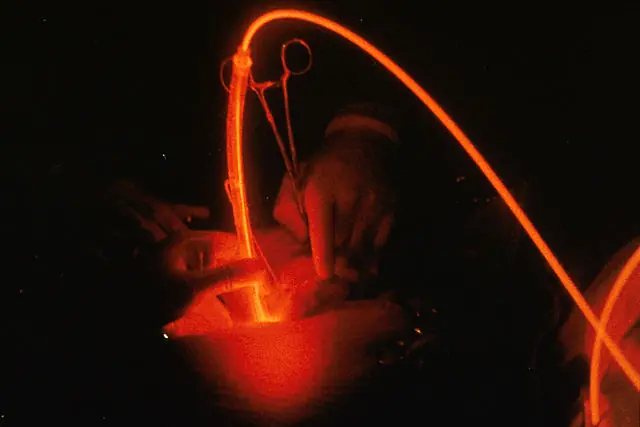
- Laser-Assisted Surgeries: Fiber lasers are employed in surgical procedures that require precision and minimal tissue damage, including endoscopic surgeries and tumor removal.
- Dermatology: In dermatology, fiber lasers are used for skin rejuvenation, tattoo removal, and treatment of vascular lesions and pigmented lesions.
- Ophthalmology: Fiber lasers have become a valuable tool in eye surgery, particularly for cataract removal and refractive procedures, such as LASIK and PRK.
- Optical Coherence Tomography (OCT): Fiber lasers are employed in OCT, a non-invasive imaging technique that provides high-resolution, three-dimensional images of biological tissues. OCT is used for diagnostic purposes in ophthalmology, cardiology, and oncology.
- Photodynamic Therapy (PDT): In PDT, fiber lasers are used as a light source to activate photosensitive drugs, which then produce reactive oxygen species that destroy targeted cancer cells. This minimally invasive treatment is used for various types of cancer, including skin, lung, and esophageal cancers.
- Tissue Engineering: Fiber lasers are used in the fabrication of biomaterial scaffolds for tissue engineering applications. Their high precision allows for the creation of complex structures that mimic the native extracellular matrix, promoting cell growth and tissue regeneration.
- Multiphoton Microscopy: Ultrafast fiber lasers are employed in multiphoton microscopy, a powerful imaging technique that enables visualization of live cells and tissues with minimal photodamage. This technology has numerous applications in biological research and drug discovery.
Fiber Laser Sensing:
Fiber optic sensors are widely used for monitoring various parameters in industrial and scientific applications, including:
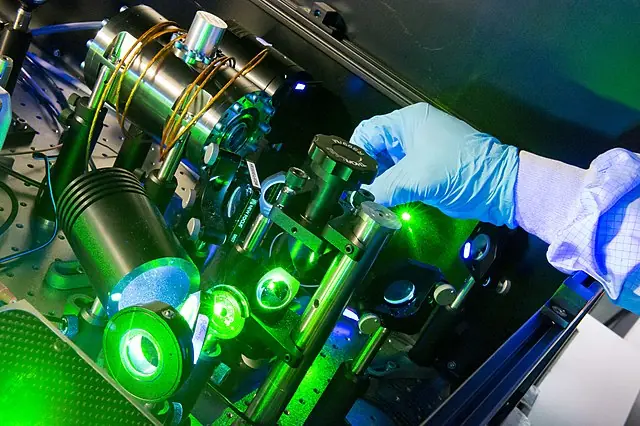
- Temperature Sensing: Fiber optic temperature sensors offer high sensitivity and can operate in harsh environments, making them suitable for monitoring processes in the energy, aerospace, and automotive sectors.
- Strain Sensing: Fiber optic strain sensors are used for structural health monitoring of bridges, buildings, and aircraft, as well as in geotechnical applications, such as monitoring landslides and earth dams.
- Pressure Sensing: Fiber optic pressure sensors have applications in oil and gas exploration, as well as in research and development for aerodynamics and fluid mechanics.
Research and Development:
Fiber lasers play a pivotal role in various scientific research areas, including:
- Nonlinear Optics: Ultrafast fiber lasers have allowed researchers to study and manipulate nonlinear optical phenomena, leading to advancements in telecommunications, imaging, and materials science.
- Quantum Computing: Fiber lasers are utilized in quantum computing research, enabling the manipulation and control of quantum bits, or qubits, which are the fundamental building blocks of quantum computers.
- Atomic Physics: Fiber lasers have been employed in atomic physics research, facilitating the study of atomic interactions and the development of ultra-precise atomic clocks.
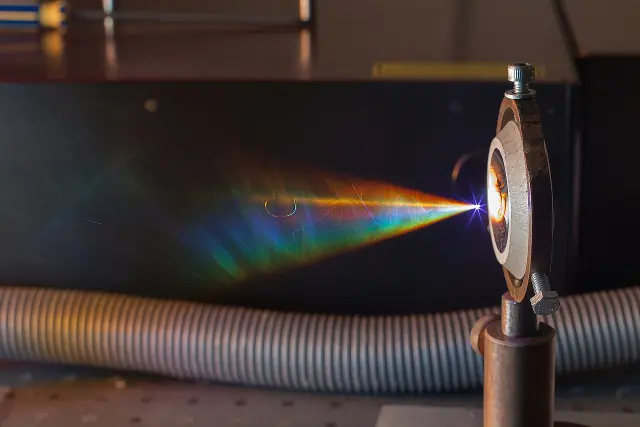
In conclusion, fiber lasers have established themselves as a versatile and powerful technology with applications spanning across numerous industries. As the technology continues to advance, it is anticipated that fiber lasers will play an increasingly vital role in shaping the future.


